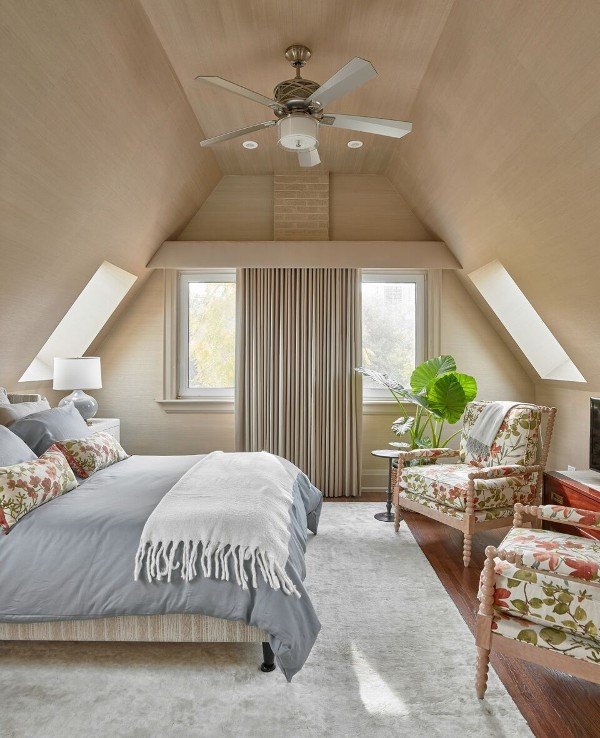What is your sofa cushion made of? How do you know if the cushion is made of good quality material?
Upholstery cushions can consist of many materials, and various combinations of those materials, which will vary by manufacturer. Almost all of them start with foam in the center of the cushion. Many have a combination of foam plus other materials, such as spring coils tucked underneath foam, and/or feather and down wrap (or synthetic fiber wrap) around the foam. These materials all affect how the cushion will feel (comfort), how much maintenance you’ll need (frequent fluffing necessary, for example), how long-lasting the cushion is and how it distributes weight.
There are too many factors to discuss in one blog post, so I’m focusing on the foam for this one. Most sofa cushions start with foam. What makes a good upholstery foam?
Foam Density vs Resilience vs Firmness
The three main factors in differentiating cushions are density, resilience and firmness. They are not the same thing and they are often incorrectly defined, so let’s clear it up.
Density—How much material is packed into a cubic square foot of foam, measured in weight. The higher the weight, the more durable the foam and the longer it should last under normal usage. For example, 2.0 pound foam means that a cubic foot of that foam weighs two pounds. It would be a much better choice for a sofa cushion than, say, a 1.6 pound foam. Most reputable sofa companies start at 1.8 pounds for their foam.
Resilience—How well the foam recovers, or bounces back, after pressure is applied. It pertains to the elasticity of the foam and usually measured by dropping a steel ball onto the foam and measuring how high it rebounds. High resilience foam will spring back to life better than low resilience foam, after being sat on. Unlike density, I’ve never seen a specific foam resiliency measurement given—only a designation of “high resilience” or HR foam. Insist on HR foam.
Firmness-- How does the foam withstand pressure? It is measured in ILD (indentation load deflection). To measure ILD, a metal plate is pressed into a foam sample until it reaches 25% of its original height. The higher the force needed to compress the foam, the firmer the foam.
Density and resilience are indicators of quality, but firmness is really a measure of comfort. Furthermore, while high density and high resilience foam is often also firm, it may not be. The cell construction might differ from foam to foam.
My recommendation is to look for an HR foam with at least 1.8 pound density. Firmness is a matter of preference. If it is important to you, ask for a manufacturer’s ILD foam rating, and they should be able to provide that information after checking with the factory. However, sitting on a sofa is still the best way to decide if it is firm enough or too firm. Caveat: the sofa on the showroom floor may have been broken in a bit.
Stay away from sofas that don’t use foam at all, where the cushions are stuffed with a synthetic fiber only. They have a very low life expectancy.
Happy shopping!

































































